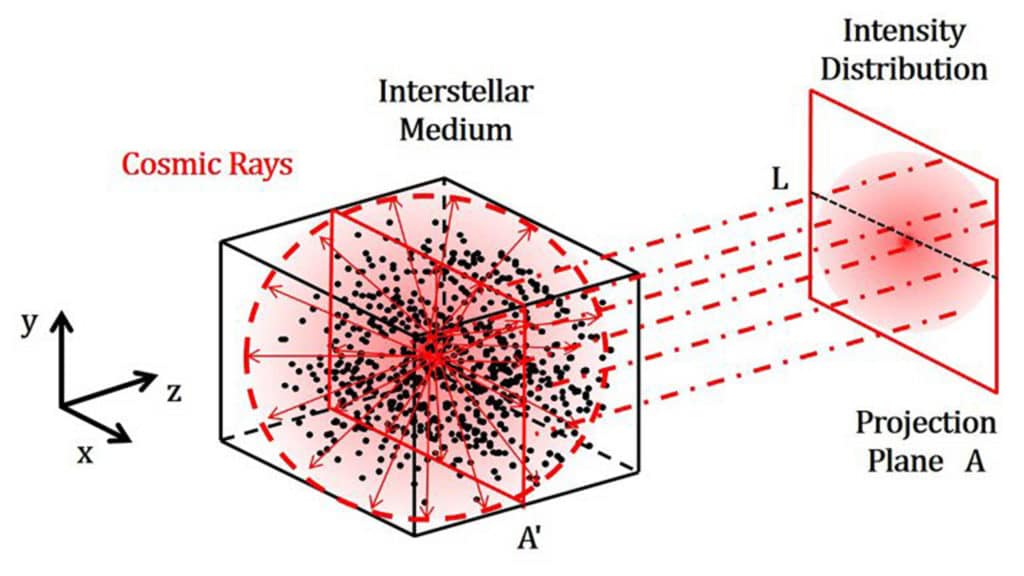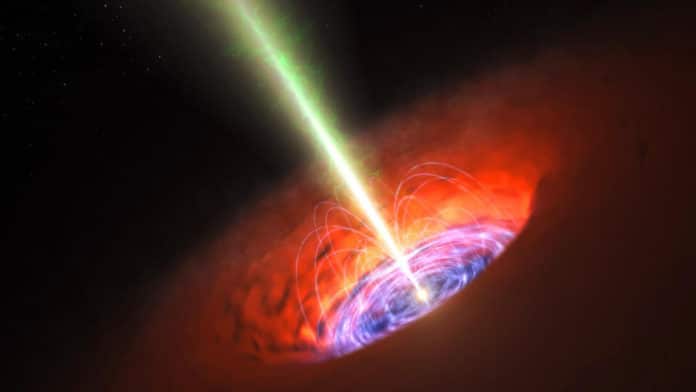Cosmic rays, waves of highly energetic atomic particles continually bombarding Earth’s surface. They are believed to be formed from the Milky Way’s multitude, including our sun and other galaxies.
However, probing these particles is quite challenging because the turbulence of interstellar gas, plasma, and dust causes them to scatter and rescatter in different directions.
Usually, Brownian motion theory is used to determine cosmic ray trajectories. Like the random motion of pollen particles in a pond, collisions between cosmic rays within fluctuating magnetic fields cause the particles to propel in different directions. However, this approach does not adequately address the different propagation rates affected by diverse interstellar environments and long spells of cosmic voids.
In a new study, scientists from the University of Notre Dame have developed a simulation model to better understand these and other cosmic ray transport characteristics. They want to develop algorithms to enhance existing detection techniques.
Scientists addressed this complex nature of cosmic ray travel by using a stochastic scattering model. The model is based on geometric Brownian motion.
Their first experiment simulated cosmic rays traveling through interstellar space and associating with localized clouds, represented as tubes. Traveling over a long distance, they are hindered by chaotic interaction with the magnetized clouds. This results in random directions and others remaining trapped.

Monte Carlo numerical analysis revealed ranges of density and reemission strengths of the interstellar magnetic clouds, leading to skewed, or heavy-tailed, distributions of the propagating cosmic rays.
The analysis denotes marked superdiffusive behavior. The model’s predictions agree well with known transport properties in complex interstellar media.
Lead-author Salvatore Buonocore said, “Our model provides valuable insights on the nature of complex environments crossed by cosmic rays and could help advance current detection techniques.”
Journal Reference:
- Salvatore Buonocorea) and Mihir Sen. Anomalous diffusion of cosmic rays: A geometric approach featured. AIP Advances (2021); DOI: 10.1063/5.0049401
